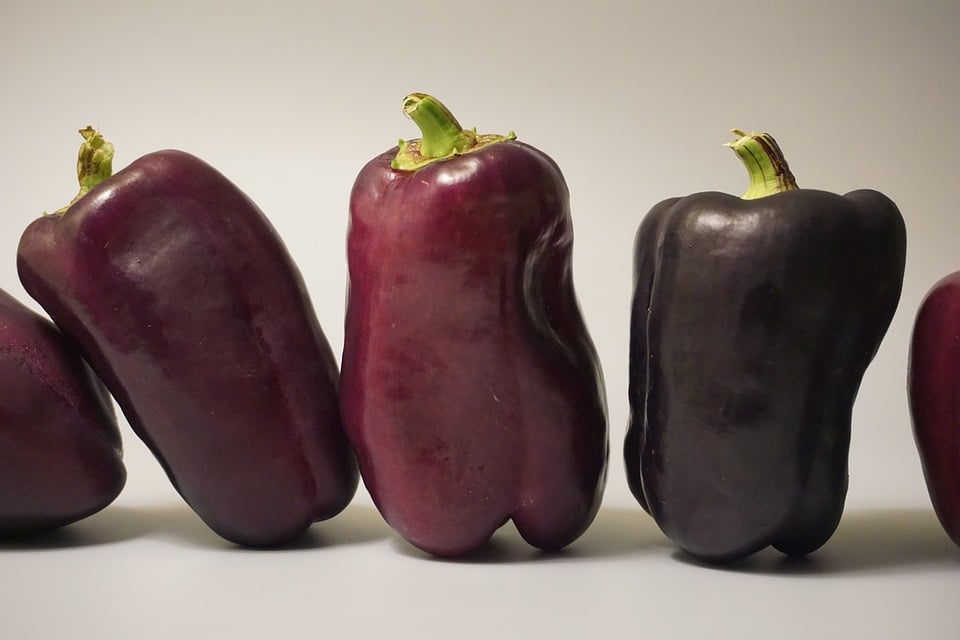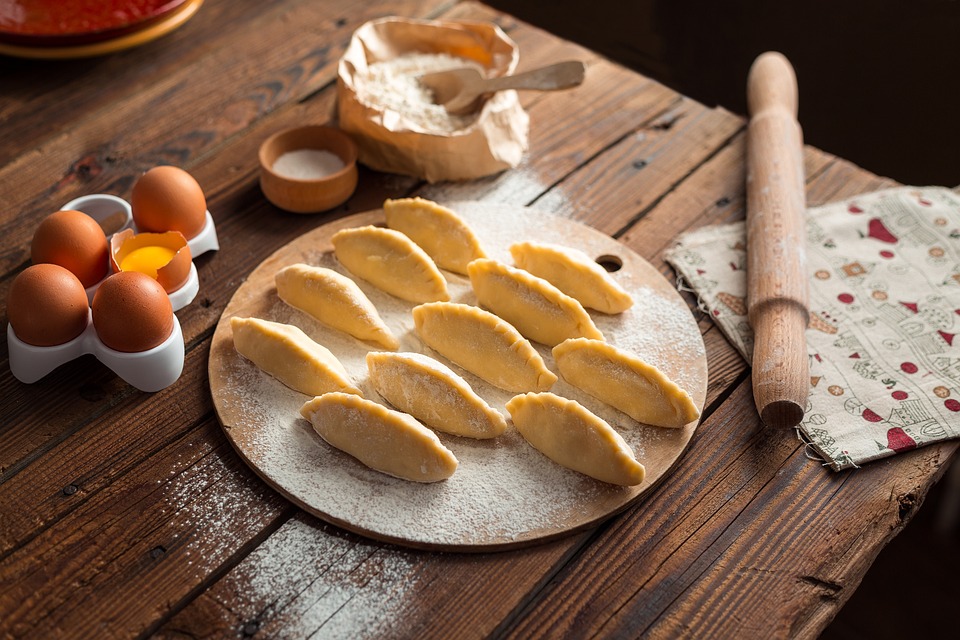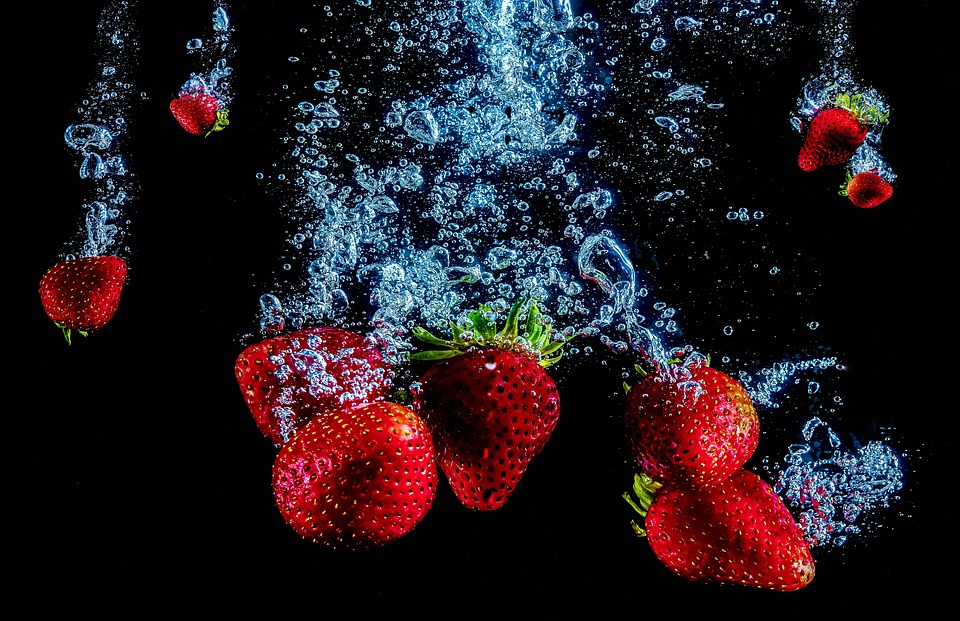In recent years, the culinary landscape has undergone a remarkable transformation. Food, once purely a vessel for sustenance, has emerged as a medium for artistic expression, inspiring chefs to push the boundaries of creativity and innovation. The intersection of culinary innovation and aesthetics has led to a burgeoning movement where dishes are not only a feast for the palate but also for the eyes. This article explores how food has evolved into a multifaceted art form, examining its significance, methodologies, and the cultural implications that arise from this trend.
The Evolution of Culinary Aesthetics
The idea of food as art isn’t entirely new; various cultures have revered the aesthetic aspects of cuisine for centuries. Traditional Japanese cuisine, for instance, celebrates the visual presentation of dishes, embodying the principles of balance and harmony. Similarly, the elaborate sugar sculptures of European patisserie have historically exemplified the artistry that can be achieved with food.
However, the modern culinary scene has seen a seismic shift, particularly with the advent of molecular gastronomy, a movement that marries scientific principles with cooking techniques. Chefs like Ferran Adrià, Heston Blumenthal, and René Redzepi have revolutionized the way food is perceived and prepared, introducing unique textures, flavors, and presentations that challenge diners’ expectations. Through experimental techniques such as spherification, foaming, and dehydration, the essence of culinary art takes on new dimensions, transforming simple ingredients into magical experiences.
The Role of Presentation
The visual presentation of food has become a pivotal element in the dining experience, driven in large part by social media. Platforms like Instagram and TikTok have created a culture where the visual appeal of food can be as important as its taste. As diners increasingly share their culinary adventures online, there is a noticeable trend toward Instagrammable dishes—those that are not only delicious but also striking in appearance.
Chefs and restaurants are responding to this phenomenon by prioritizing aesthetics in their plating techniques. Color, shape, and texture are meticulously considered, and the use of edible flowers, microgreens, and artistic garnishes has become commonplace. Even the vessel on which food is served holds significance; unconventional plates, bowls, and serving styles can elevate a dish from ordinary to extraordinary.
The Emotional Connection
Food as art is not just about what we see; it also taps into deeper human emotions and memories. For many, certain dishes conjure a sense of nostalgia or cultural identity, reinforcing the notion that food can be a powerful medium for storytelling. Chefs often draw inspiration from their heritage or personal experiences, transforming familiar flavors into artistic interpretations that evoke emotions and stimulate conversations.
This emotional connection is heightened in fine dining establishments, where multi-course tasting menus are designed to take guests on a journey. Each dish serves as a chapter in a larger narrative, with flavors, textures, and visual components that aim to create an immersive experience. As diners move through each course, they engage not only their taste buds but also their senses and memories, elevating the meal to an unforgettable dining experience.
Culinary Innovation and Sustainability
As food evolves into art, the culinary world also faces essential questions regarding sustainability and ethical sourcing. The contemporary movement toward farm-to-table dining and the emphasis on local, seasonal ingredients has intertwined art and ecology in a meaningful way. Chefs are increasingly challenged to balance their creative impulses with responsibility toward the environment, using artistic techniques that highlight the beauty and integrity of fresh produce without excess waste.
Artisan practices that celebrate traditional methods—from fermentation to curing and foraging—serve as a testament to the innovative spirit in modern cuisine while fostering a deeper appreciation for nature’s bounty. The commitment to sustainability is increasingly seen as a critical aspect of culinary art, as chefs navigate the complexities of taste, presentation, and environmental ethics.
Conclusion
The intersection of food and art is a vibrant and dynamic realm where culinary innovation and aesthetics coalesce to create extraordinary experiences. As chefs continue to explore this exciting frontier, they not only challenge our palates but also invite us to see food through a new lens—one that values creativity, emotional resonance, and responsible sourcing. In an era where food is more than mere sustenance, it stands as a profound expression of culture, identity, and artistry, making every meal an opportunity to appreciate the beauty that can be crafted on a plate.




